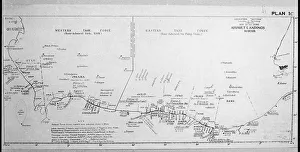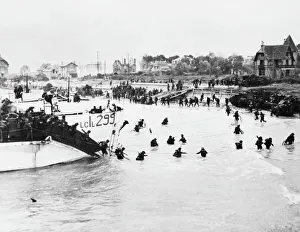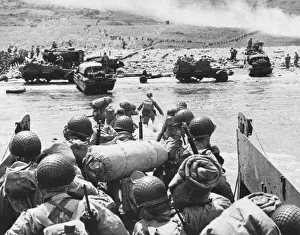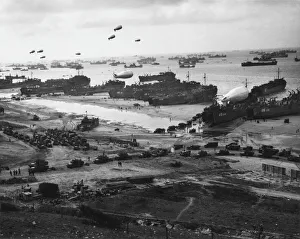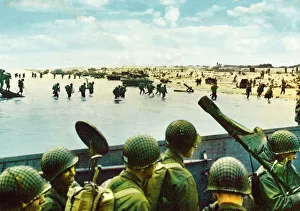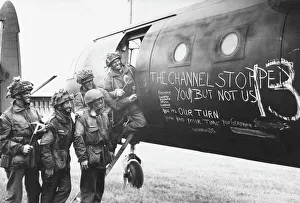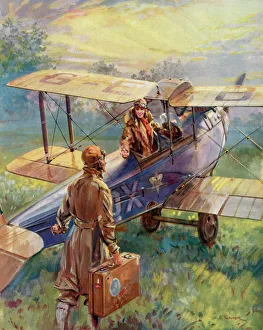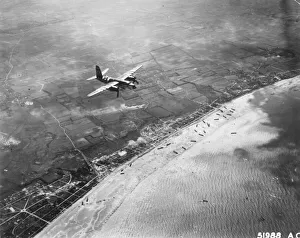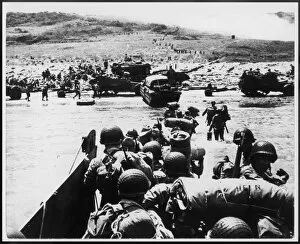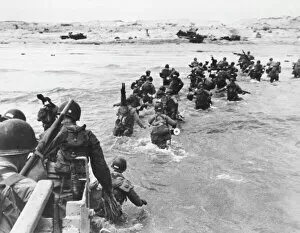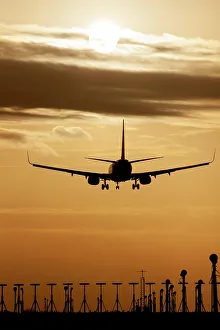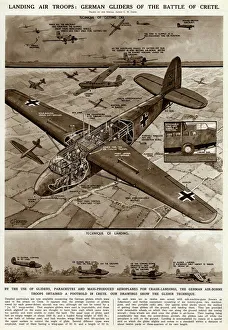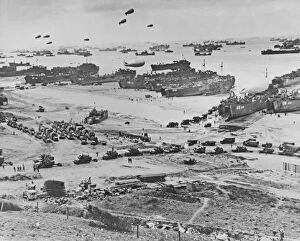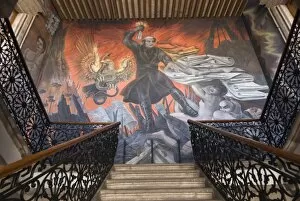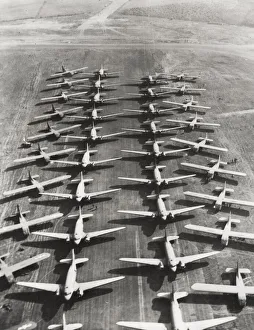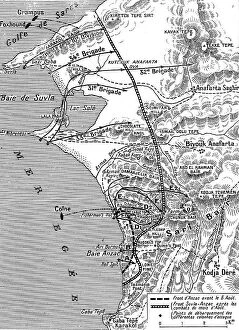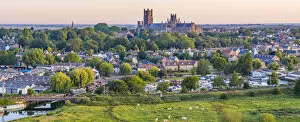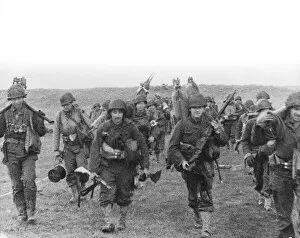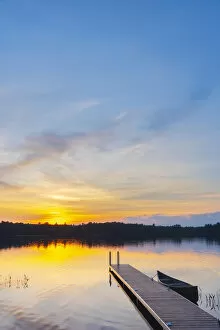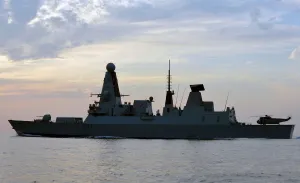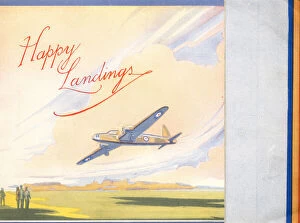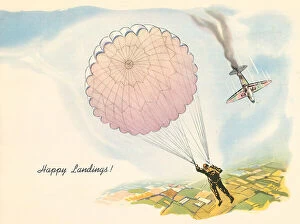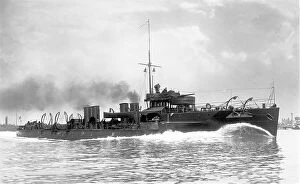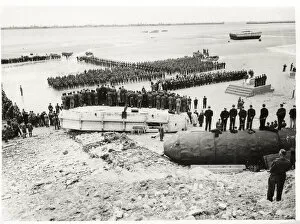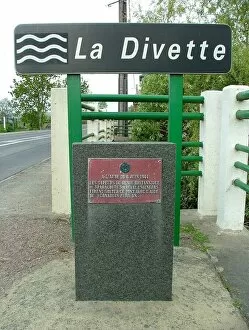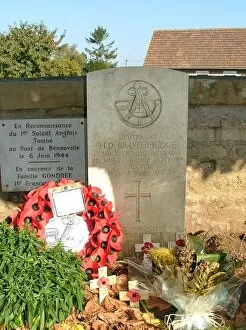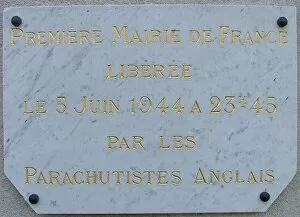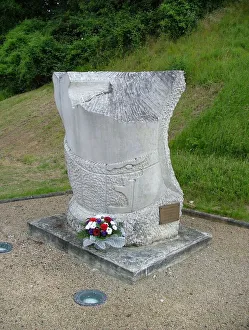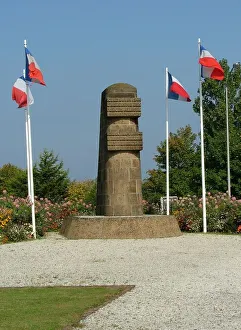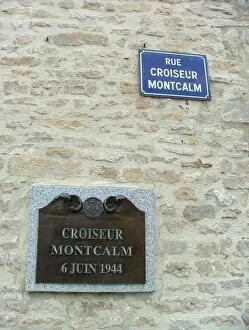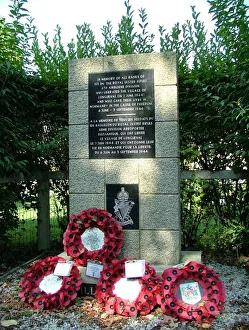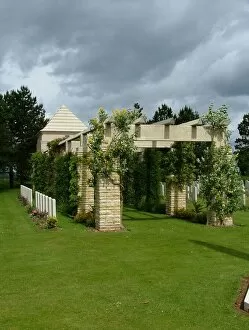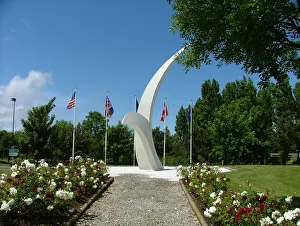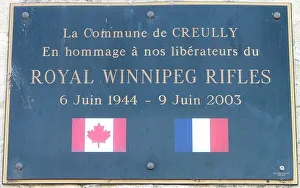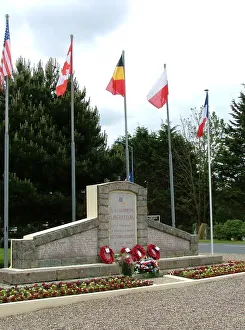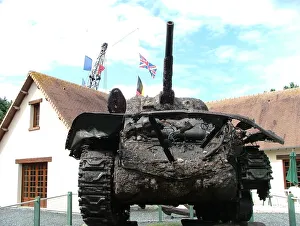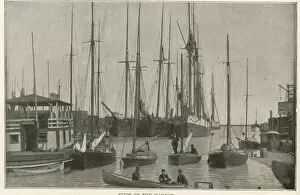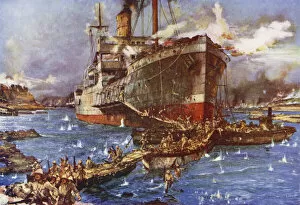Landings Collection
"Landings: A Historic Leap Towards Victory" On June 6, 1944, the world witnessed a pivotal moment in history - the D-Day landings
All Professionally Made to Order for Quick Shipping
"Landings: A Historic Leap Towards Victory" On June 6, 1944, the world witnessed a pivotal moment in history - the D-Day landings. The D-Day map of 1944 became etched into our collective memory as British and Canadian troops courageously stormed Juno Beach, while Omaha Beach saw American forces landing in France. These Normandy Landings marked a turning point in World War II. As the invasion unfolded, supplies poured ashore to support the troops on this fateful day. The sight of soldiers wading through treacherous waters amidst enemy fire showcased their unwavering determination and bravery. From high above Earth's atmosphere, we can now marvel at our planet from the Moon's perspective. This vantage point reminds us that these they were not just about territorial gains but also symbolized humanity's indomitable spirit. Glider reinforcement teams played a crucial role during D-Day by providing additional support to ground forces. Their silent arrival added an element of surprise and ensured that reinforcements reached where they were needed most. In Flying for the Summer Week-end by C. E. Turner, we are transported to a different era when leisurely flights were enjoyed during summer getaways. Little did anyone know then that aircraft would soon become instrumental in military operations such as these historic landings. The HMS Diamond with its Sea King Helicopter stands as a testament to technological advancements aiding modern-day naval operations. It serves as a reminder of how far we have come since those harrowing days on Omaha Beach. Bombers giving air support to infantry invasions exemplify strategic coordination between different branches of armed forces during critical moments like D-Day. Their precise strikes paved the way for successful landings and minimized casualties among allied troops. Queen Beach in Sword Area witnessed British troops making their mark alongside their allies' valiant efforts on other beaches like Omaha and Juno. Together, they fought side by side, united in their pursuit of freedom.

